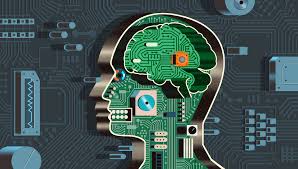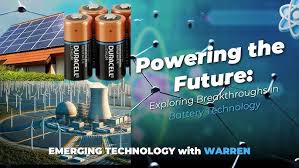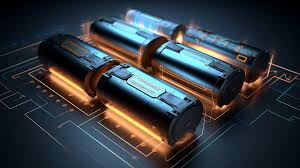
Can a Chip in Your Brain Cure Depression?
Imagine battling treatment-resistant depression for years—then flipping a mental switch, and the darkness begins to lift. It sounds like science fiction, but thanks to advances in neurotechnology, this scenario is becoming real.
Brain implants—yes, actual chips in your brain—are being tested as potential treatments for severe depression. And early results are promising, even life-changing.
So, is this the future of mental health care? Can a chip really rewire the brain’s darkest circuits?
Let’s take a closer look.
🧠 The Science Behind the Chip
At the core of this breakthrough is a field called Deep Brain Stimulation (DBS). Originally developed for Parkinson’s disease, DBS involves implanting electrodes in targeted areas of the brain to regulate abnormal activity.
For depression, the approach is similar. A small device—often called a neural implant—is surgically placed in the brain and connected to a power source implanted near the collarbone. It delivers electrical pulses to areas responsible for mood regulation, like the amygdala or prefrontal cortex.
💡 Personalized Brain Therapy
What’s new—and revolutionary—is how personalized these brain chips have become.
In 2021, researchers at UCSF developed a custom neural implant that could detect patterns of depressive brain activity in a patient and deliver stimulation only when needed. It worked like a pacemaker—but for the brain.
“For the first time, we’ve identified a neural biomarker for depression and a method to automatically treat it in real time,” said Dr. Katherine Scangos, lead investigator of the study.
In essence, the chip learns your brain’s depressive “signature”—and intercepts it before the spiral begins.
⚡ Results That Speak Volumes
In initial clinical trials, patients with severe, treatment-resistant depression experienced:
-
Immediate and lasting mood improvement
-
Reduced suicidal thoughts
-
Increased motivation and emotional clarity
One patient described it as “lifting a veil” she hadn’t realized was there.
Importantly, these were people for whom medications, therapy, and even electroconvulsive therapy had failed.
🚧 Risks and Ethical Questions
As powerful as this technology is, it doesn’t come without risks—or controversy.
🔍 Potential Risks:
-
Surgery always carries risks like infection or brain injury
-
Long-term effects of chronic brain stimulation are still unknown
-
Device malfunction or battery failure can impact mental health
🧭 Ethical Considerations:
-
Who decides what’s “normal” mood behavior?
-
Could brain chips be used to manipulate thoughts or emotions?
-
What are the implications for privacy and autonomy?
As with all powerful technologies, careful regulation and informed consent are crucial.
🌐 The Bigger Picture: Neurotechnology Boom
Brain-computer interfaces (BCIs) are advancing rapidly:
-
Elon Musk’s Neuralink is developing implants to treat paralysis and neurological conditions—and eventually enhance cognition.
-
DARPA is researching neural tech for military applications, including mood modulation.
-
Startups like Kernel and Synchron aim to make non-invasive or minimally invasive brain interfaces more accessible.
Mental health is becoming a major focus area—and depression is a prime target.
🤔 Will It Replace Therapy and Medication?
Not anytime soon.
Brain chips are currently considered last-resort treatments—used only after conventional therapies fail. They also require precise calibration, ongoing monitoring, and invasive surgery.
However, in the future, non-invasive versions of mood-modulating tech (like transcranial magnetic stimulation or wearable neural devices) could become more widely available—offering new hope to millions living with chronic depression.
🧠 Final Thought
So, can a chip in your brain cure depression?
For some, it already has. For others, it represents a future where mental health is no longer a mystery, but a condition that can be precisely diagnosed and treated—right at its neural source.
We’re not just talking about mind over matter anymore. We’re talking about technology inside the mind, helping people reclaim their lives.
The question now isn’t if this will be possible for more people—but how soon.


















